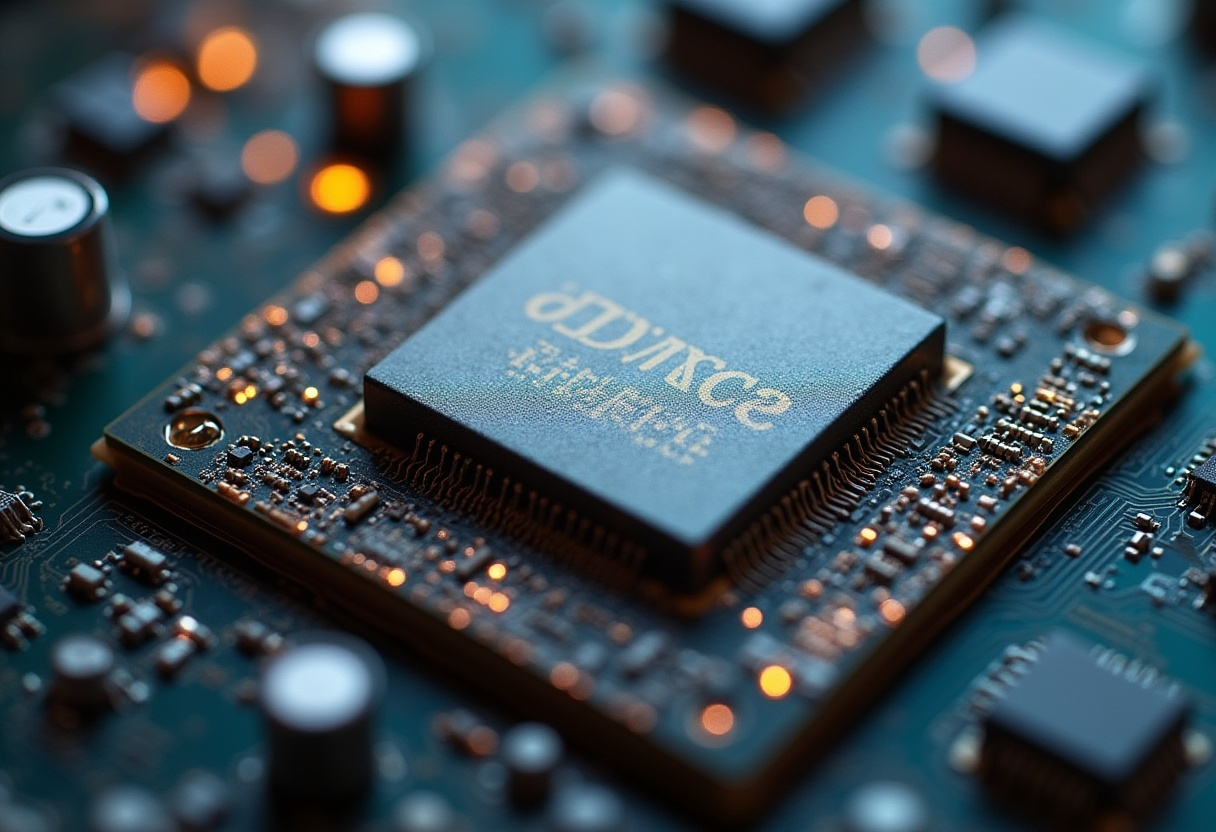Why real AI transformation means evolving your systems — not just adding AI features. Discover why agent platforms are becoming the new enterprise core.
Why successful AI adoption requires more than just buying software
For all the hype about “AI disruption,” the reality for most businesses is far more grounded: adopting AI — especially through intelligent agents and LLM-powered automation — is not a revolution, but a natural progression. Like every prior phase of digital transformation, this journey involves evolving your systems, training your teams, and gradually embedding new technologies into everyday workflows.
Let’s unpack what this evolution really looks like — and why the foundation you choose today will determine your AI advantage tomorrow.
You Don’t Buy Transformation — You Build It
Your business systems today — ERP, CRM, analytics, operations — weren’t bought fully formed. They were configured, integrated, and iterated over time. AI will follow the same path.
Real AI transformation involves:
- Crafting a vision of what AI should do for your organization
- Training people to collaborate with intelligent agents
- Gradually automating workflows, step-by-step
- Replacing legacy logic and manual tasks — not overnight, but continuously
The goal isn’t a turnkey “AI solution.” It’s a long-term capability: to design, test, deploy, and refine agents that make your business smarter, faster, and more responsive.
The Next Logical Step: A Platform to Manage the Shift
As these agents move from ideas to pilots to production, one thing becomes clear: you need structure.
That structure is not another point solution. It’s an AI Agent Platform — a secure, flexible system for:
- Prototyping and experimenting with agents in a controlled, no-code environment
- Connecting your own models, APIs, tools, and business data
- Observing, testing, and evaluating agents before and after deployment
- Deploying agents as reliable, auditable services in your infrastructure
Like ERP did for business processes and cloud did for infrastructure, an AI Agent Platform becomes the new foundation — where workflows, automation, and intelligence converge.
Why You Must Own the Platform
This platform doesn’t just run agents — it becomes the home of your next-gen business logic. That’s why it must be:
- Self-hosted or cloud-native, under your control
- Open and adaptable to integrate with evolving AI technologies
- Secure and compliant with your policies, your data, your models
- Fully observable and testable, from agent logic to LLM usage
You need the flexibility to switch models, tune performance, control costs, and evolve architecture — not beg your vendor for roadmap access.
What Not to Do: The Risks of Lock-In and Chaos
1. Don’t Get Trapped in Closed Ecosystems
Adding “AI features” from your ERP, CRM, or cloud provider (OpenAI, Google, Amazon) may feel easy, but it’s risky:
- You’re tied to their tech choices and timelines
- You may need a private LLM or hybrid infrastructure
- Their roadmap will never match your pace of change
The AI landscape moves in months, not years — tools like Databricks AI dashboards or Claritype’s structured-data agents are already reshaping how insights are delivered and actions are taken.
Locking into one vendor now is like picking your cloud for the next decade — except riskier.
2. Don’t Let Everyone Build Their Own GPT
It’s tempting to let every team spin up a chatbot or automation flow. But without governance, you get:
- Inconsistent tools and behavior
- Security and compliance blind spots
- People-dependent automations
- Zero shared visibility or optimization
We call this “the robot zoo” — and when no one knows which agent is making decisions, or where your data went, you’ve lost control of your business logic.
3. Don’t Wait for Your ERP or CRM to Deliver “AI Transformation”
Many enterprise vendors are rushing to bolt AI onto their legacy platforms — but these add-ons are often rigid, overpriced, and disconnected from the way modern AI actually works.
Here’s the risk:
- These systems were built around rules and forms, not LLMs and autonomous agents
- Their AI features are tied to their closed logic, not your evolving workflows
- In 12–18 months, these bolt-ons will likely be obsolete — replaced by agent-based, LLM-native solutions
Meanwhile, entire markets are shifting to AI-first interfaces: voice, natural language queries, real-time dashboards, and autonomous workflows. Tools like Claritype and Databricks’ AI-native BI aren’t just add-ons — they’re signs that AI is becoming the center of business operations, not a feature inside old tools.
Waiting for your ERP vendor to catch up is like waiting for a fax machine to get Bluetooth. You’ll miss the real transformation.
AI Agent Platforms Are Becoming the New Enterprise Core
Just like we once standardized on CRMs and data lakes, businesses are now coalescing around AI Agent Platforms as the core layer of intelligent operations.
The CG AI Agent Platform, for example, gives you:
- No-code agent builders for business users
- Multi-tenant access, audit trails, and RBAC
- Integration with your own models, APIs, and data
- Evaluation, tracing, and observability
- Full deployment control in your cloud or VPC
It’s not a product you rent. It’s infrastructure you own — and evolve.
Conclusion: Transform with Intention — And a Platform
AI transformation isn’t about instant disruption. It’s about continuous improvement, built on a foundation that gives you the freedom to move fast without losing control.
Don’t rely on vendor AI wrappers. Don’t let your business descend into prompt-driven chaos.
Own your agents. Own your infrastructure. Own your evolution.
Because in this new era, your AI Agent Platform is where transformation becomes real.






